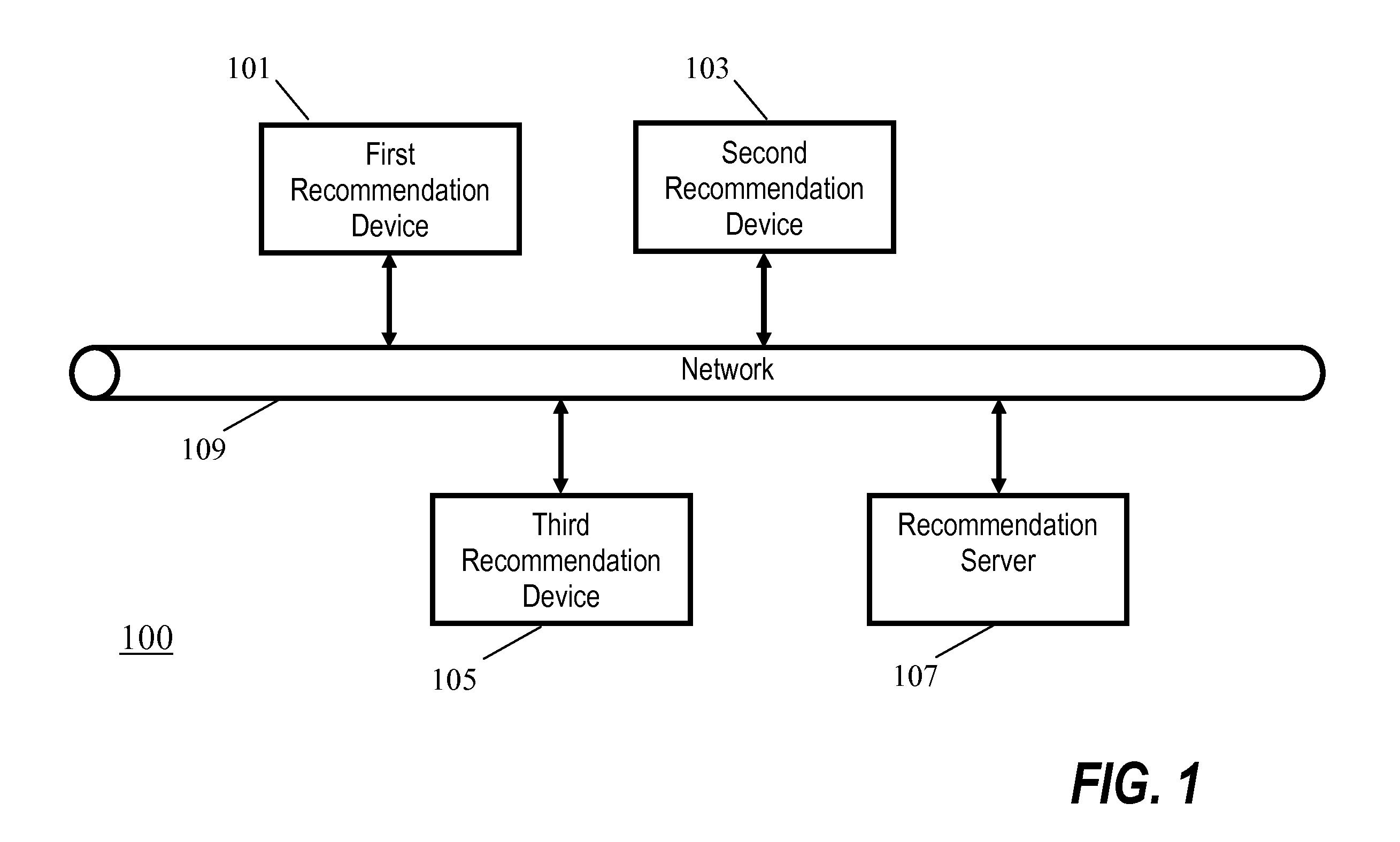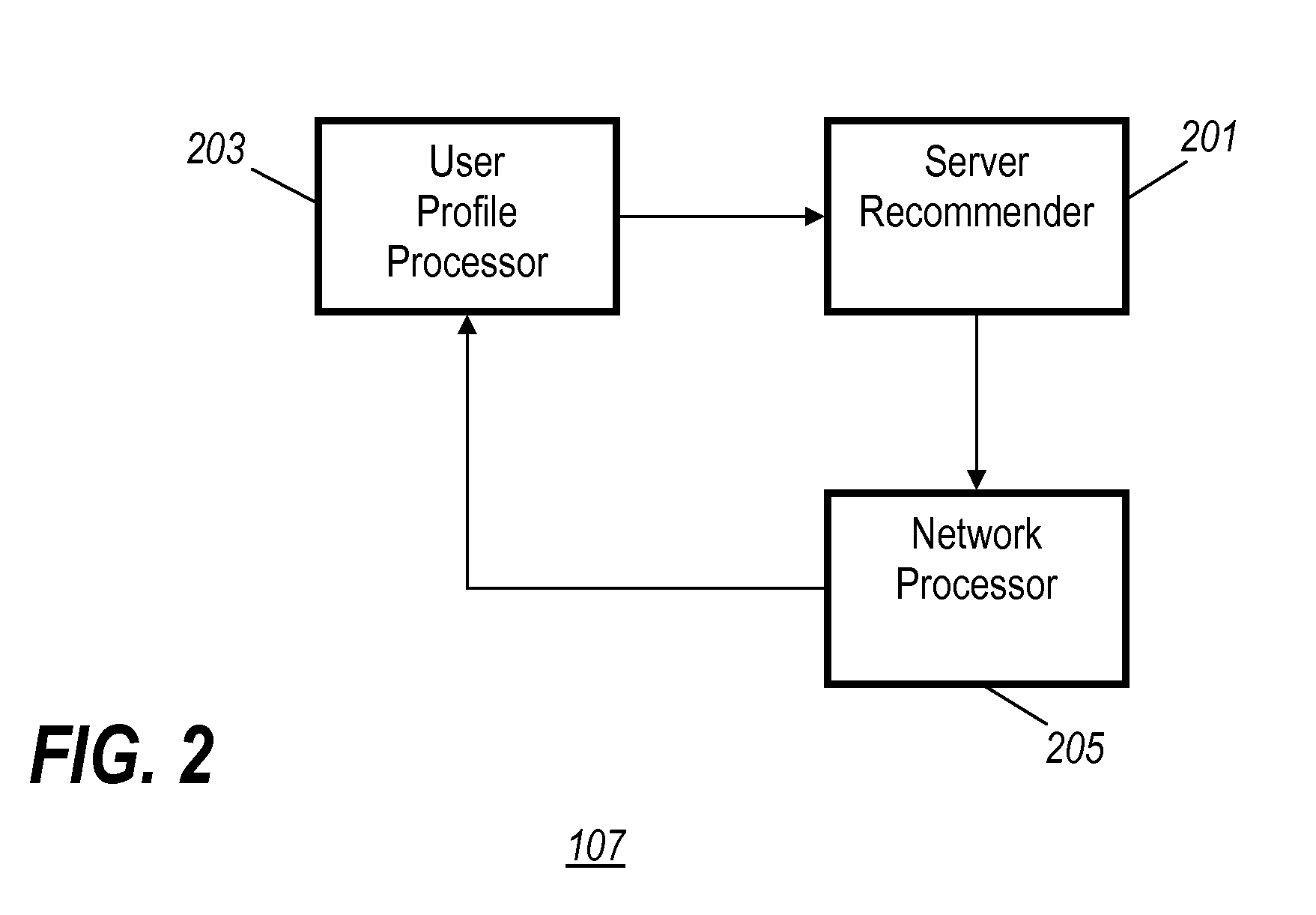Method and system for generating recommendations of content items
a content item and recommendation algorithm technology, applied in the field of content item recommendation methods and systems, can solve the problems of limiting the recommendation on which to base, cumbersome and impractical, and reduce the recommendation algorithm to relatively simple algorithms, etc., to reduce the computational resource usage of the server, reduce the communication resource for communication, and achieve high degree of flexibility
- Summary
- Abstract
- Description
- Claims
- Application Information
AI Technical Summary
Benefits of technology
Problems solved by technology
Method used
Image
Examples
Embodiment Construction
[0029]The following description focuses on embodiments of the invention applicable to a recommendation system for recommending television programs. However, it will be appreciated that the invention is not limited to this application but may be applied to many other recommendation systems.
[0030]FIG. 1 illustrates an example of a distributed recommendation system in accordance with some embodiments of the invention.
[0031]The recommendation system comprises a plurality of recommendation devices 101, 103, 105. Each of the recommendation devices 101, 103, 105 comprises a plurality of applications which are capable of generating recommendations of television programs and presenting them to users of the devices 101, 103, 105. The recommendation devices 101, 103, 105 may for example be televisions, personal video recorders, etc.
[0032]The system furthermore comprises a recommendation server 107 which is operable to perform various centralised recommendation operations and algorithms as will...
PUM
 Login to View More
Login to View More Abstract
Description
Claims
Application Information
 Login to View More
Login to View More - R&D
- Intellectual Property
- Life Sciences
- Materials
- Tech Scout
- Unparalleled Data Quality
- Higher Quality Content
- 60% Fewer Hallucinations
Browse by: Latest US Patents, China's latest patents, Technical Efficacy Thesaurus, Application Domain, Technology Topic, Popular Technical Reports.
© 2025 PatSnap. All rights reserved.Legal|Privacy policy|Modern Slavery Act Transparency Statement|Sitemap|About US| Contact US: help@patsnap.com



